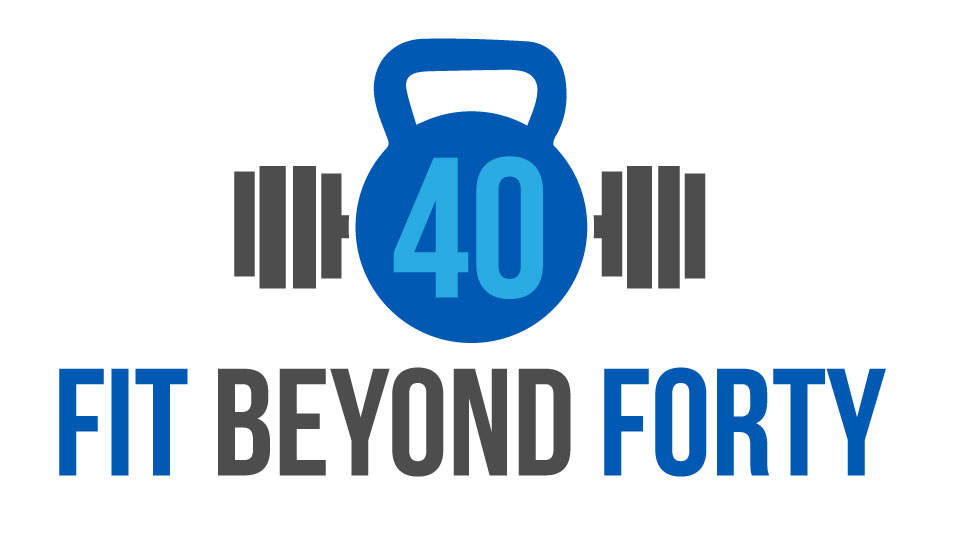In the first session with one of my personal training clients, now retired, she described a list of ailments that seemed to get worse by the year. She tired more easily and fell more often. She found it more difficult to get out of bed, stand up from the dinner table, and climb the stairs. “It used to be so easy to do things. What happened?”
I told her the answer is muscle loss. Muscle loss causes many of the challenges that come with aging. After age 35, inactive adults experience a 3% to 8% loss of muscle mass per decade. Less muscle means greater weakness and less mobility, which explains a lot of my client’s problems. Loss of muscle means losing strength and gaining fat. Muscle loss is associated with heart disease, diabetes, and dementia. People with the lowest amounts of muscle are at the greatest risk of dying prematurely from all causes. People who have lost muscle are also at greater risk of osteoporosis. The drop in strength from muscle loss means being more prone to falls and bone fractures. This fear of falling may make some people more sedentary, which reduces their quality of life and puts them at a greater risk of depression.
My client wanted to regain her former vitality, but didn’t know where to start.
I prescribed a special treatment that slows down the aging process. I explained that this treatment helps to gain more strength, walk faster, and improve thinking skills. It also helps ward off diseases such as diabetes. This treatment helps lower blood pressure and strengthens bones. It eases back pain and reduces the pain from arthritis. It also improves emotional health and leads to better sleep. As an extra added benefit, this treatment helps reduce fat.
The special treatment is strength training. Strength training may sound intimidating–didn’t Arnold Schwarzennegar lift hundreds of pounds?–but it can be as simple as a few carefully chosen body weight exercises. Dumbbells and resistance bands make for a great workout. Some people like the machines at the gym, but that’s not vital. There is no such thing as being too old or too out of shape to benefit from a strength training program. People have successfully started strength training in their 70s, 80s, and even 90s.
My client started training with me three times a week. I set up a training program and taught her how to properly perform each exercise. Over time, she went about her day with more energy and she no longer fell. When getting together with friends for dinner she could easily stand up from the table while her companions struggled to stand as they complained about sore knees and back. She walked the stairs of her house and easily completed chores that were once daunting. The special treatment of strength training made all the difference.


